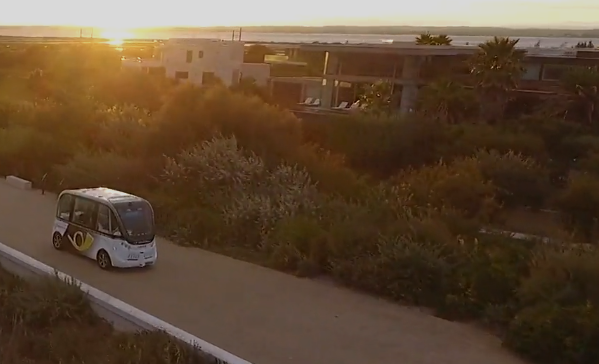
It appears inevitable that self-driving vehicles will be appearing on roads around the world within the next few years.
The technology is improving by the day, with lots of big money behind it. However, significant questions remain about our these vehicles’ suitability to share the roads with human-piloted cars and with passengers’ willingness to use them.
According to the Venture Beat website, Daimler (the parent company of Mercedes Benz) and Bosch have teamed up to create a autonomous taxi service in San Jose, California’s third-largest city.
The service, involving vehicles that require little or no human handling, will undergo trials from the second half of 2019.
Singapore already has a limited autonomous taxi service, but they use dedicated lanes and, as of the time of writing, actually have a driver in case something goes wrong.
Internal link: Will computer-driven vehicles kill us all?
External link: Should driverless cars make life-or-death decisions?
Many of us already ride in truly driverless vehicles — on trains that run on tracks in closed networks specifically designed for the purpose. These Navya, which is implementing them around the world. while companies including Toyota, Google, Uber and, it’s rumoured, Apple are also working on technology that will take us out of the driver’s seat.
But when will we see fully driverless vehicles on every road? Well, that depends on a number of factors, including the level of acceptance the public will have if and when people die in crashes involving autonomous cars. That and other considerations are canvassed here and here.
